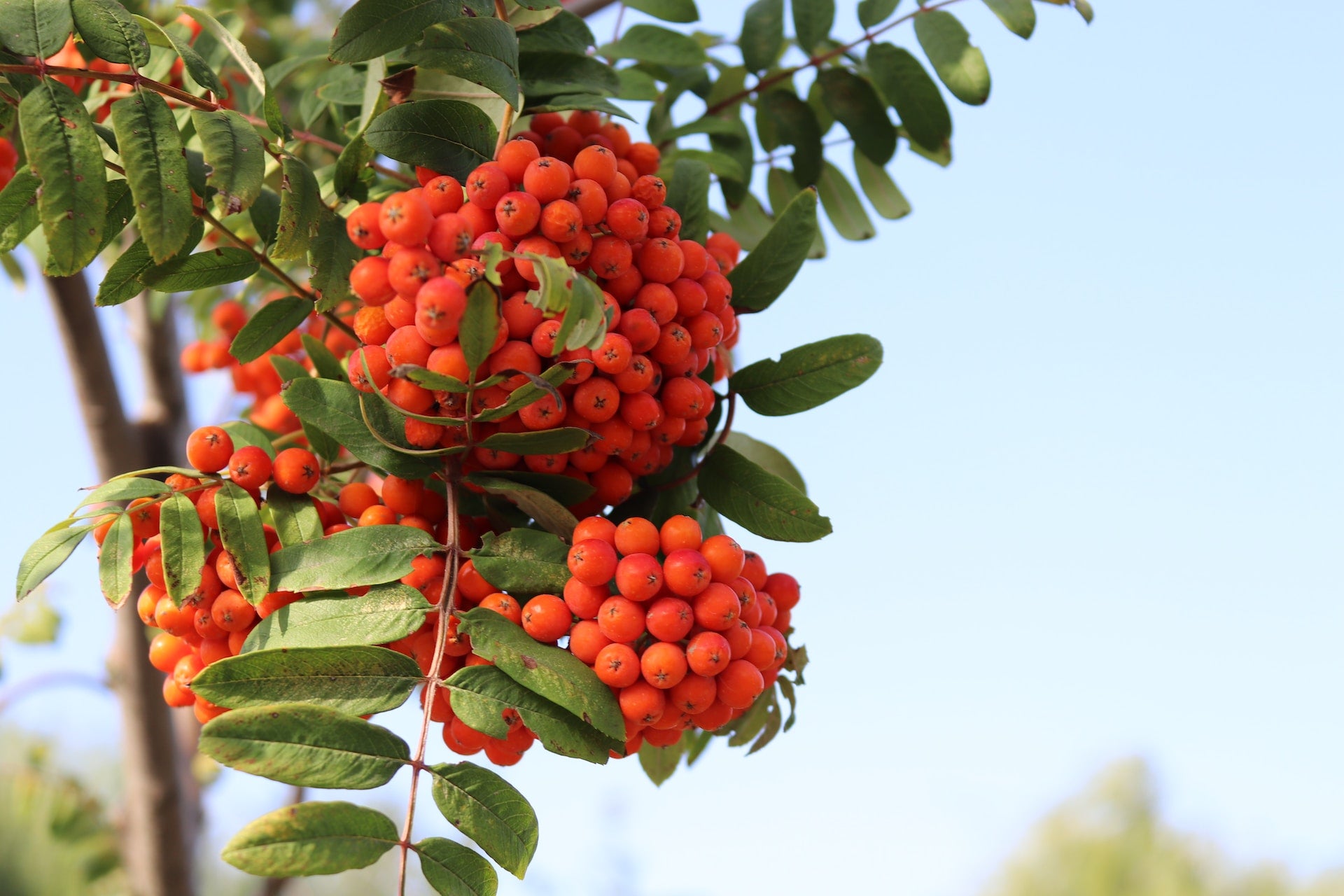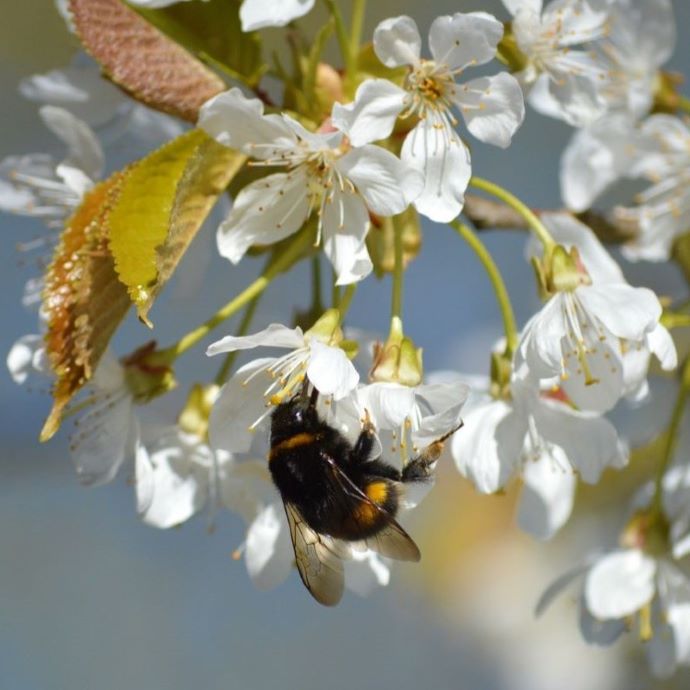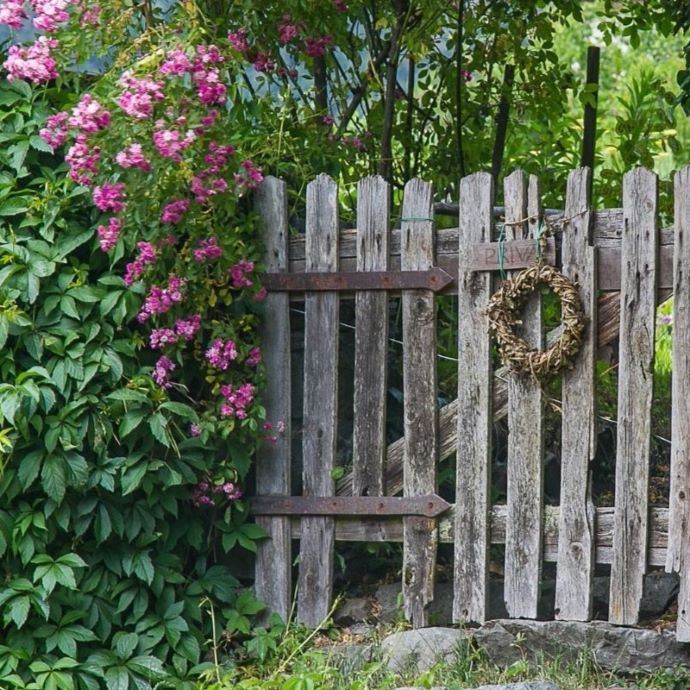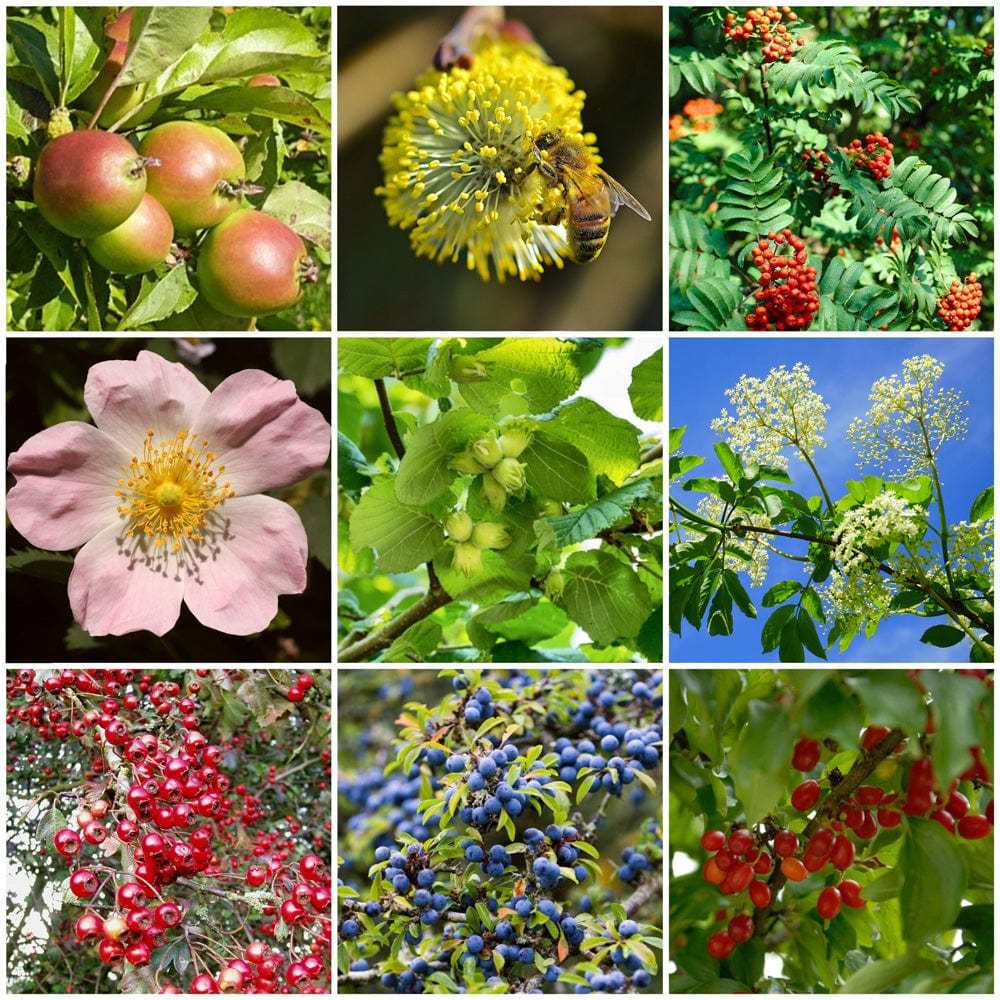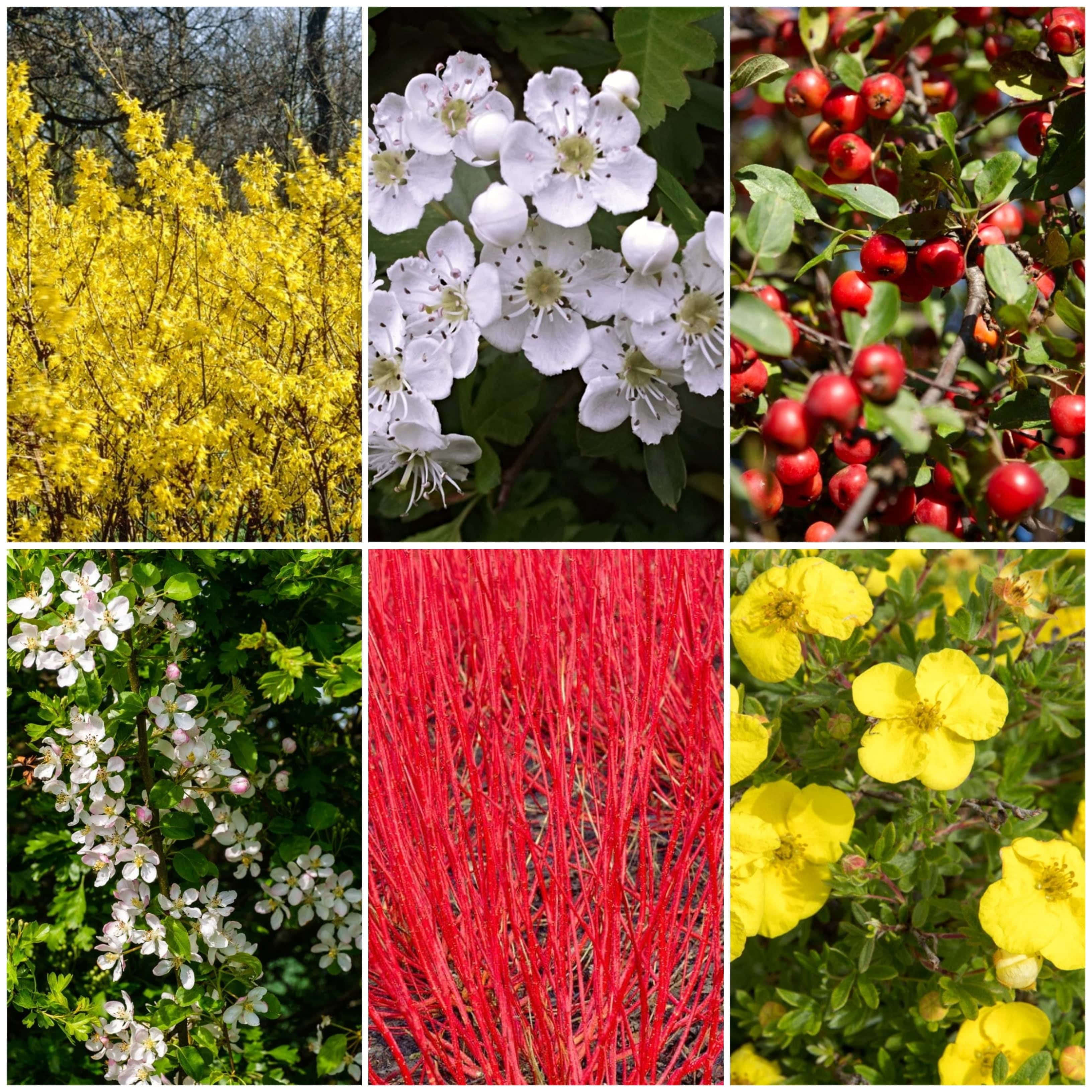Advice & Inspiration
Rowan Berry: A Bird’s Favourite Food?
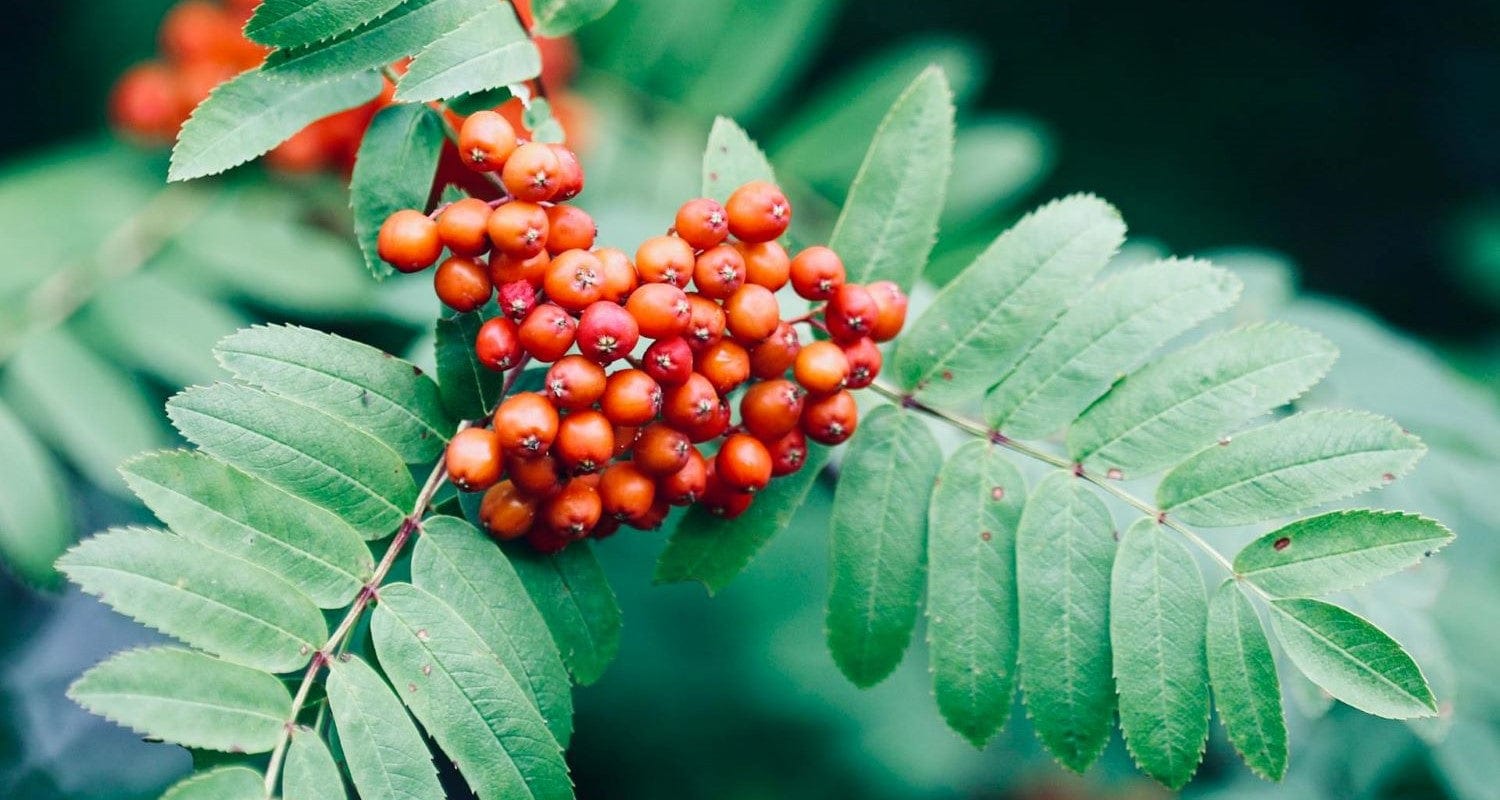
If you’ve got a rowan tree in your garden, you’ll know that its fruit is a firm favourite with many types of birds. In fact that’s a massive understatement - when they ripen, these brightly coloured berries* can start a feeding frenzy which is the avian equivalent of Glastonbury tickets going on sale. So what’s so special about the berries of the rowan tree? Clever marketing? Addictive compounds? And if a rowan berry is so good, can we try it too? I asked our tree experts for the word on the street.
*They’re technically not berries but pomes. These are fruits that have firm, juicy flesh with a central core containing seeds - other pomes include apples, pears and quinces. However, I’m going to refer to them as berries in this article because that’s how they’re commonly known - and also ‘rowan pomes’ sounds weird.
What’s the deal with rowan tree berries?
Rowan trees are some of the most colourful native trees in the landscape, with their clouds of scented spring blossom, fresh summer foliage and clusters of bright autumn berries that last throughout the winter. They’re also a hot contender for the best tree you can plant for wildlife - mainly due to those berries. As well as brightening up your garden, they’ve got a fascinating folk history and they’re a magnet for wild birds.

When do rowan berries appear?
Rowan berries can be seen developing in late summer, usually in August. They start off green, then ripen throughout the autumn into their red, orange, yellow, pink or white final colours. This is when you’ll see a dramatic increase in the number of birds visiting your garden! If the berries aren’t completely stripped by our flappy friends, they’ll stay on the tree during the winter, usually until February.
Which birds like rowan berries?
Most bird species will eat rowan berries, but they’re a particular favourite of blackbirds, mistle thrushes, redstarts, redwings, song thrushes, fieldfares and waxwings. They’re attracted to the bright colours, especially when there are scant pickings to be found elsewhere, and these species rely on the fruit to provide energy for surviving the cold or for their long migration flights.
Birds can’t digest the seeds and skins of rowan fruit, so you’ll sometimes see the remains of these excreted around the base of a tree, helping to propagate new rowans.
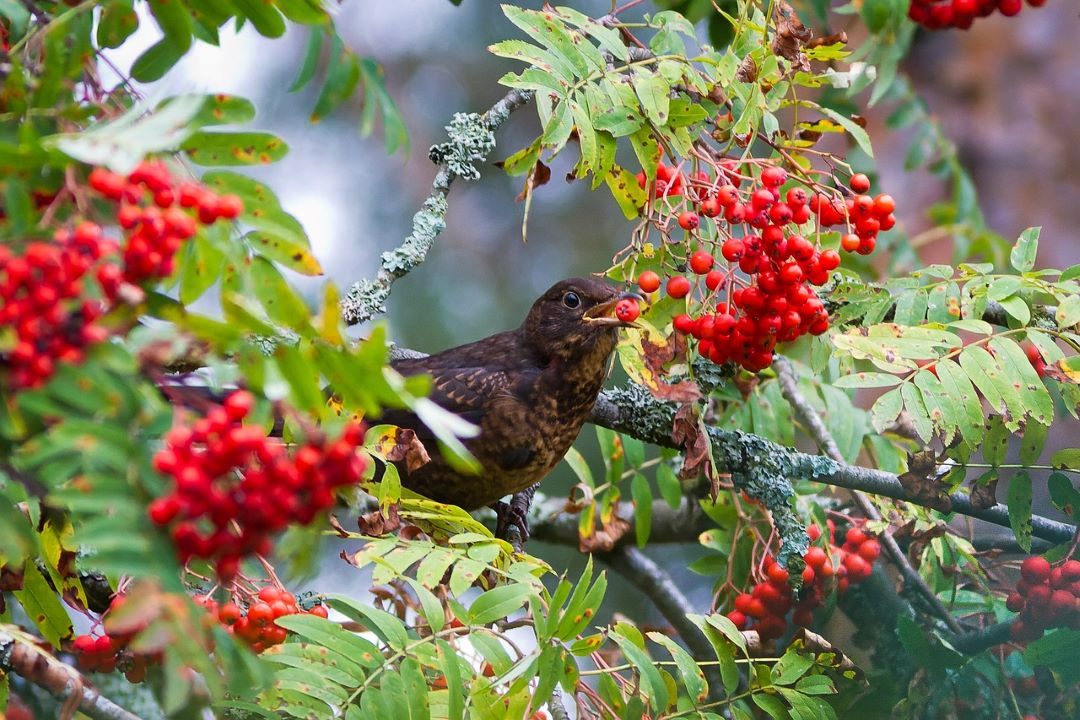
Why are these berries like bird crack?
In tests, 8 out of ten birds said they preferred them. It seems that there are a few good reasons for this.
- Colour. Birds are attracted to foods in bright colours, especially reds and oranges.
- Taste. Although raw rowan fruit tastes bad to us, it doesn’t bother the birds. It’s even tastier to them after a frost, when the bitter compounds are broken down and the fruit tastes sweeter.
- Abundance. Rowan berries grow in clusters so large and heavy that they can sometimes weigh down the branches of the tree. At a time of year when nothing much else is on offer, that’s an attractive sight!
Which other animals eat rowan berries?
They may find the berries harder to reach, but small mammals have been known to enjoy a rowan feast too. Mice, voles and squirrels all eat rowan berries, and have an important role to play in spreading the trees, as they sometimes carry away and store the berries over a distance, then excrete the seeds away from the parent tree.
Larger mammals will eat rowan berries too, especially in colder climates such as Scandinavian countries, where deer and elk find them a valuable winter food source.
Are rowan berries edible?
We humans are instinctively wary of red and orange tree berries, as in a lot of cases they’re bad news. Not these ones, so stand down, lizard brain, it’s a qualified thumbs up.
I say qualified because although you can eat them raw in small quantities, you wouldn’t really want to as they’re eye-wateringly bitter. They also contain cyanogenic glucosides which can be harmful if eaten in large enough quantities.
These are deactivated when the berries are cooked, however, making them safe to consume (if you want to be extra sure, sieve out the seeds, where the glucosides are concentrated).
If you do want to try rowan berries, avoid eating those from wild trees, as these can contain parasorbic acid which can damage your kidneys and cause diarrhoea. Stick to cultivated trees!
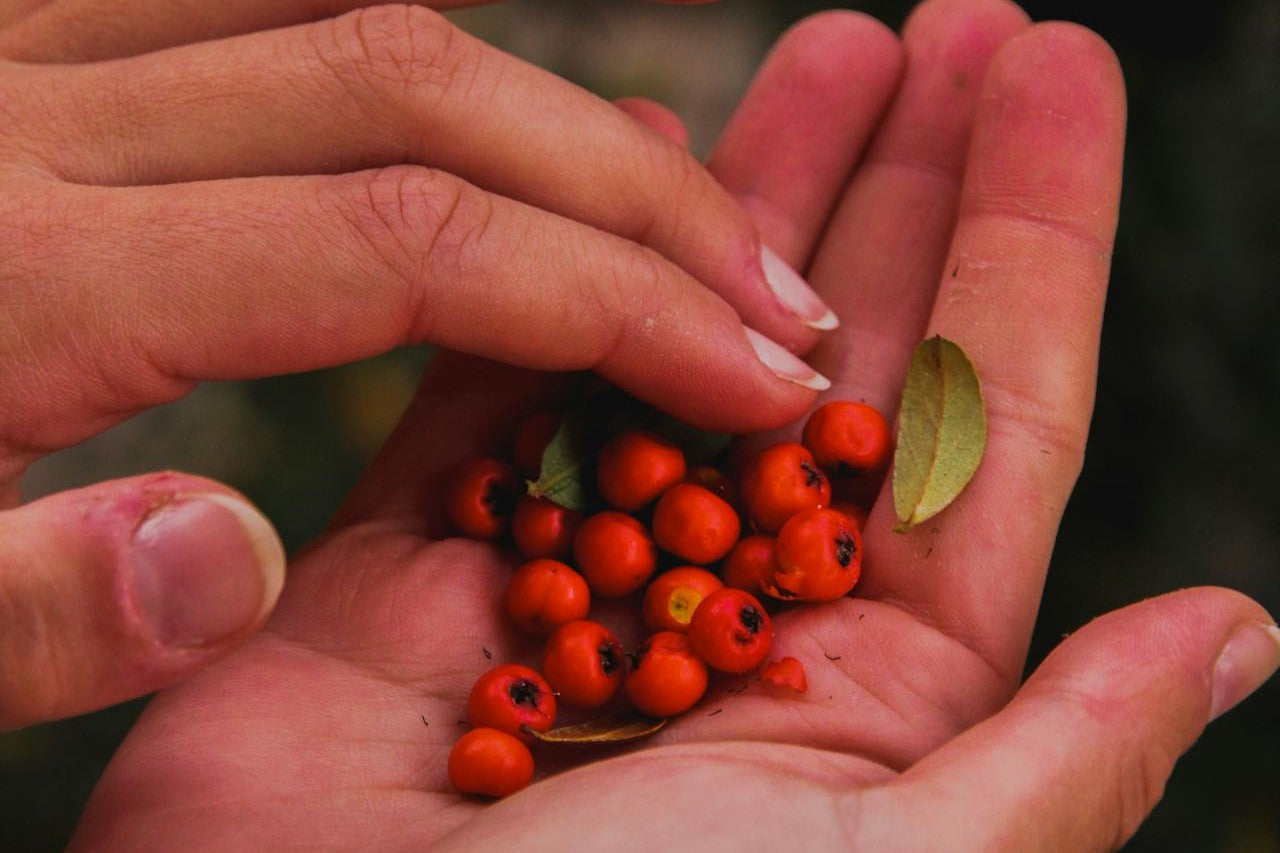
What does rowan fruit taste like?
Although rowan berries taste bitter when raw, they do have an astringent quality that some people like, and a citrus background note that fans compare to orange or grapefruit peel. Even when cooked they’ll keep some of that bitterness, but you can temper it by adding ingredients like honey, sugar, ginger, cinnamon or apple. This rowan jelly recipe pairs the berries with crabapples, which is a great way of using two foraged ingredients in one.
Are rowan berries healthy?
Have you ever seen a starling in A&E? Rowan berries have many health-boosting ingredients, including high amounts of vitamins A and C. They also contain fibre, phytonutrients including flavonoids and phenolic compounds, as well as calcium and magnesium. Definitely worth adding to your winter diet if you’re a Viking (rowan berries have been found in archaeological digs from the period) or a hungry bird, and could be of benefit to us too.
Are rowan berries poisonous to pets?
There’s no need to worry about your pets if you have a rowan tree. Although it’s true that they’d experience a bit of a stomach upset if they ate a large quantity, in reality they’re not going to do that due to the unpleasant taste. If your particular pet has form for eating inedible stuff, however, (looking at you, dogs) you may want to stay on the safe side by clearing away any fallen berries from the ground.

When to harvest rowan berries
You should only harvest rowan berries when they’re completely ripe - this will typically be from October onwards. At this point they’ll have a higher sugar content. Rowan berries are like parsnips in that they taste significantly better after a frost, so to get the best flavour, harvest them after several nights of hard frost in the winter.
To harvest your berries, cut off the clusters of berries in a bunch, like you would for elderberries or currants, then gently remove your berries from the stems and wash them. Be careful not to damage the flower buds, as these grow just under the fruit clusters.
For responsible harvesting, don’t take more than a third of the crop at any one time - share it with the birds - and as with all foraged food, try to avoid picking from a busy roadside or at dog’s leg level.
The usual disclaimers apply: always consult a good foraging guide or app to make sure it really is a rowan tree, and if you’re in any doubt at all, don’t eat from it.
What can you make with rowan berries?
Rowan berries need to be cooked to make them palatable, and there are some great ways of doing this. They’ve been traditionally made into fruit wines (like the Welsh diodgriafel) and liqueurs for centuries, for example in Austria, where rowan schnapps is a thing. In Scandinavian countries rowan jellies and jams are a homemade delicacy, often sweetened by adding other fruits such as apples or pears. You can also add a sprinkle of dried berries to your muesli or granola, or try syrups, juices and fruit leathers. Why not experiment with your newly foraged finds?
How to store rowan berries
Rowan berries keep for ages. They’ll be fine in a cool, dry, dark place for up to a year, or frozen for up to two years (that’ll be a nice mystery when you move house and clean out the chest freezer) but since your tree is going to crop every year with up to 40kg of fruit, why would you? Alternatively, you can dry your crop in a fruit dehydrator or at a very low heat in your oven.
Rowan tree folklore
There are centuries of folklore surrounding the rowan tree, from cultures ranging from the ancient Celts to the Vikings. In all of these the rowan is regarded as a tree with powers to protect against evil. Old timey druids used rowan berries to dye their ceremonial robes, while Scottish tradition has it that red rowan berries offer the best protection against witches. The colour red was thought to be the best at repelling curses, with added protection coming from the little five pointed star on the base of each berry, which reminded ancient peoples of the pentagram.
The belief that a good rowan berry crop fortells a hard winter is found in the folklore of Newfoundland, where it signals heavy snowfall, and Sweden and Finland, where it’s believed to be a sign of a hard winter but very little snow.
